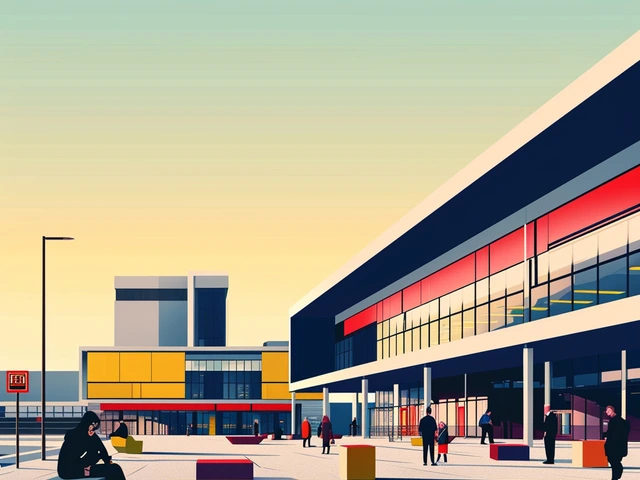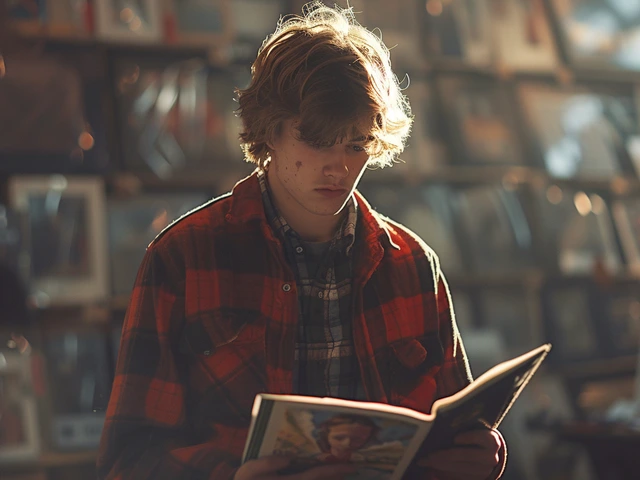Birth and Rise of Cubism
Once upon a time in the early 20th century, a radical art sensation began to take shape in the unassuming studios of Georges Braque and Pablo Picasso in Paris. This was an explosion of creativity unlike anything the art world had seen in years. The movement, aptly christened 'Cubism', was the embodiment of thinking lofty, swinging the paintbrush outside the box, and out-rightly defying the traditional rules of art predominant at the time. And yeah, that's a polite way of saying things got rather interesting, even chaotic, for the observers of the period.
Cubism broke away from traditional academic representations of reality, presenting subjects from multiple perspectives simultaneously, and interestingly, it did not use the single-point linear perspective. The technique was a rebellion of sorts against the single point perspective, which had held sway for several centuries of European art. This new "back to basics" approach sought to strip everything back to its bare, essential form. Rather than representing forms as they appear from a particular viewpoint, Cubism sought to capture the essence of the subject matter from several viewpoints.
Contribution and Influence of Cubism
Without a doubt, Cubism shook the very foundations of visual art, which led to a domino effect that influenced every single art movement that followed it. It became the big bang that gave birth to an array of modern arts. And talking about a tremor that results in a monolith of change is quite an exciting ordeal! You could almost compare this to those fun little science experiments we did in school where one little reaction led to a fascinating chain of other reactions.
Cubism gave artists the freedom to play with form and space in a way that had never been possible before. It opened the door to abstraction, making way for movements like Futurism, Constructivism, Surrealism, Dada, and outrightly changed the trajectory of modern art. Artists were no longer confined by the need to replicate real-world objects. Instead, they could draw on their imaginations, experiences, and ideas to create new compositions. It was literally a “party of creation” with Cubism playing the role of the exuberant host. And wow, what a host!
Cubist Masters: Picasso and Braque
Alright, before we continue, let's take a moment to appreciate the maestros who actually held the scepter behind this artistic revolution: Picasso and Braque. Picasso, with his bold strokes and unconventional approach, gave birth to a new artistic dialogue that brazenly defied the norm. No wonder the man spent his entire life pushing the envelope! And let's not forget Braque, with his unique approaches to perspective and form, proved to be a perfect partner in crime to Picasso. Their combined oeuvre created a seismic shift that resonated through the art world and continues to influence artists to this day.
Their keen sense of form, attention to minute details, and above all, their audacity to challenge the norms, is something that an art enthusiast, or even a regular Joe, can't ignore while standing in front of a Cubist masterpiece. The sensations and perceptive challenges they initiated are still resonating globally, helping contemporary artists and fans to push the boundaries of their minds and hearts. It won't be an exaggeration to call them superheroes of the art world with capes made of oil pastels and canvases.
The Everlasting Legacy of Cubism
Ah! Without a doubt, the legacy of Cubism is rich and pervasive. It is the avant-garde movement that laid the groundwork for the proliferation of countless modern art movements. I reckon that without the daring revolution incited by Cubism, the tapestry of 20th-century art would have been quite vanilla. And as an art lover, I shudder at that thought.
From architecture to literature, from painting to fashion, Cubism continues to weave its magic in almost every sphere of artistic creation. Heck, I was wandering aimlessly around the local craft market here in Brisbane the other day and almost chucked myself on a rug that reminded me of a Cubist painting I'd once seen. The geometric lines, the asymmetric design, the profound impact! And it struck me how this avant-garde movement from the early 1900s continues to subconsciously influence the things around us
And there you have it. Cubism, in all its geometric and fragmented glory, continues to dictate the rhythm of the modern art world, for it defied the norm, challenged the ordinary and braved the unconventional to embolden future art movements.



